
Daylight Hours in Iceland: A Monthly Breakdown
Iceland is known for its dramatic changes in daylight, thanks to its location just below the Arctic Circle. From the never-ending light of summer to the long, dark winter nights, daylight in Iceland changes a lot throughout the year. Whether you’re planning a trip or just curious about life there, this guide breaks down what to expect each month.
Key Takeaways
- Daylight in Iceland changes drastically throughout the year, with nearly 24 hours of sunlight in summer and as little as 4 hours in winter.
- The Midnight Sun occurs from May to July, offering almost constant daylight, while December brings the shortest days with long, dark nights.
- Northern Lights are best viewed during the darker months, from late September to April, when longer nights allow for better visibility.
Overview of Daylight Hours in Iceland Throughout the Year
Iceland’s daylight hours shift massively with the seasons, and so does its weather. In summer, especially between May and July, you’ll experience the Midnight Sun, where it’s light almost 24 hours a day. During this time, the weather is milder, with temperatures ranging from 10°C to 15°C (50°F to 59°F), making it ideal for outdoor adventures like hiking and exploring. On the flip side, winter months (November to January) offer just a few hours of daylight, with temperatures dropping to around 0°C (32°F) or below, often accompanied by snow and strong winds. Despite the cold, this period is perfect for catching the Northern Lights.
The in-between months bring a balance of daylight and cooler, more unpredictable weather, with spring and fall featuring both sunny days and sudden rain showers. This makes layering and preparing for all weather conditions essential when visiting.
So, Does the Sun Set in Iceland?
Yes, the sun does set in Iceland, but how often and how long it stays up depends on the season. During the summer, the sun barely dips below the horizon, so it doesn’t get fully dark. However, in winter, the days are much shorter, with long periods of darkness, especially in December. So, while it gets dark in winter, you’ll experience nearly endless daylight in summer.
| Month | Daylight hours |
| January | 4-6 |
| February | 7-10 |
| March | 10-13 |
| April | 13-16 |
| May | 16-20 |
| June | Close to 24 |
| July | Close to 24 |
| August | 14-17 |
| September | 11-14 |
| October | 8-11 |
| November | 5-7 |
| December | 4-5 |
January: Long Nights, Short Days
In January, Iceland’s days are short, with Reykjavik getting about 4 to 6 hours of daylight. The sun doesn’t rise until around 11:00 AM, and it’s already setting by 3:30 PM. Though it sounds dark, this is the perfect time to see the Northern Lights. Locals also embrace the cold and dark with Thorrablot, a winter festival that celebrates traditional food and culture. You’ll find the streets lit up with cozy lights, making the short days feel magical.
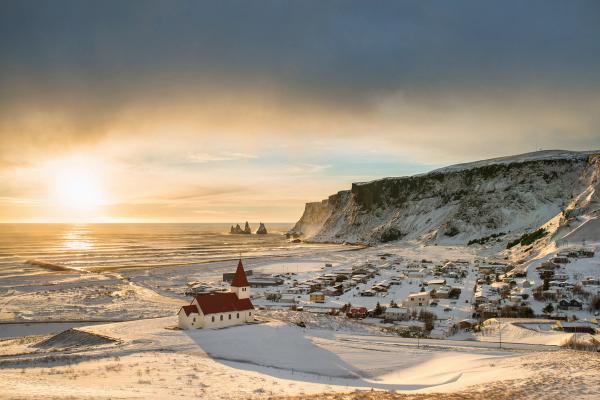
February: Gradual Increase in Daylight
By February, the days are getting longer, with about 7 to 10 hours of daylight. The sun starts rising around 9:00 AM and sets at 6:00 PM by the end of the month. This extra daylight is a welcome change for travelers but also for locals. Winter activities like ice caving and snowmobiling are still popular, and the landscapes are still covered in snow. February is a great time to enjoy Iceland’s wintry beauty with just a little more light.

March: Spring Equinox and Equal Daylight
March brings more daylight, with about 10 to 13 hours of sunlight by the month’s end. The spring equinox, around mid-March, means equal hours of day and night. The sun rises at 8:00 AM and sets after 7:00 PM by late March. The longer days signal the beginning of spring, and it’s the last good month to catch the Northern Lights before the nights get too short. It’s also a great time for outdoor activities like hiking, as the snow starts to melt.
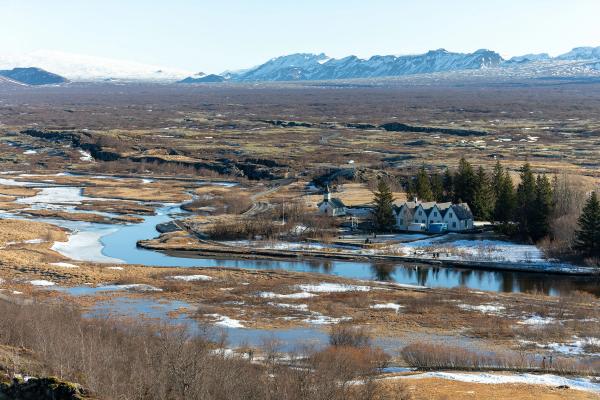
April: Noticeably Longer Days
In April, you’ll notice the days getting much longer, with 13 to 16 hours of daylight. The sun rises around 6:00 AM and sets at 9:00 PM by the end of the month. Spring has officially arrived, and the extra daylight means more opportunities to explore Iceland’s stunning landscapes. While some remote areas may still be snow-covered, you’ll see more green returning to the countryside, and wildlife becomes more active.
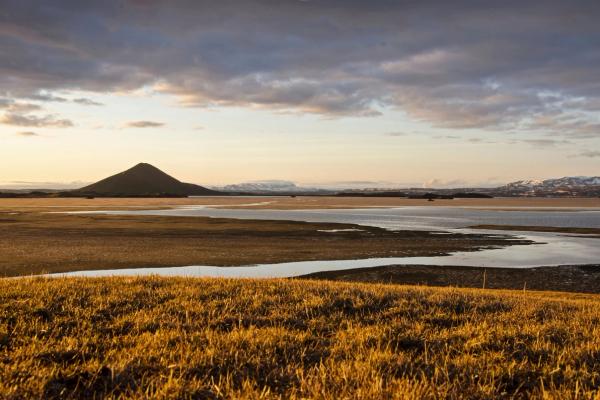
May: Approaching the Midnight Sun
May is when Iceland’s long days really kick in, with 16 to 20 hours of daylight. By the end of the month, the sun is up by 4:00 AM and doesn’t set until 11:00 PM. This is a great time for adventurers, as you can spend hours hiking, exploring, or driving through the countryside with no worries about running out of daylight. The warmer weather and long days make May the start of the peak travel season, with events like the Reykjavik Arts Festival bringing the city to life.
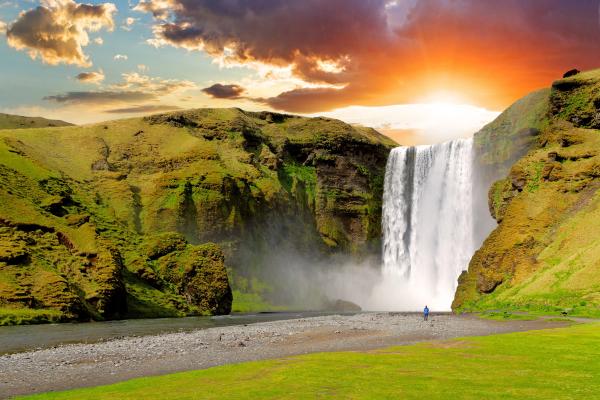
June: The Midnight Sun
June is all about the Midnight Sun. You’ll experience nearly 24 hours of daylight, especially around the summer solstice. In northern areas like Akureyri, the sun barely sets, creating a surreal twilight even during the night. In Reykjavik, the sun rises around 3:00 AM and sets just after midnight. This is the perfect time for midnight hikes or simply enjoying the outdoors at all hours. The summer solstice celebrations, like Jónsmessa, bring everyone together to celebrate the longest day of the year.
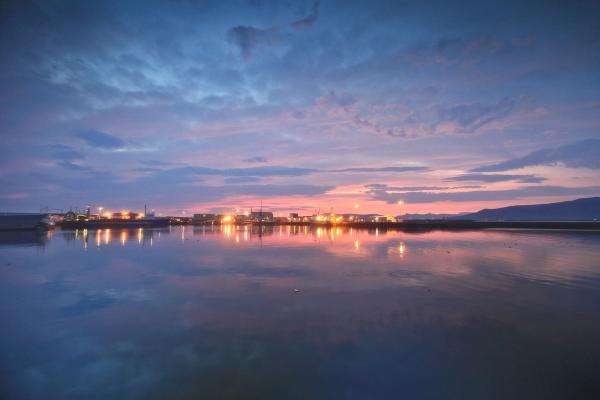
July: Full Days of Light
July continues with nearly 24 hours of daylight. Even when the sun dips below the horizon, it never gets fully dark. This constant daylight means endless opportunities for outdoor activities like glacier tours, horseback riding, and camping. If you’re a photographer, the unique light during these extended “golden hours” offers incredible photo opportunities. Locals are used to the long days, and most places have blackout curtains to help with sleep.
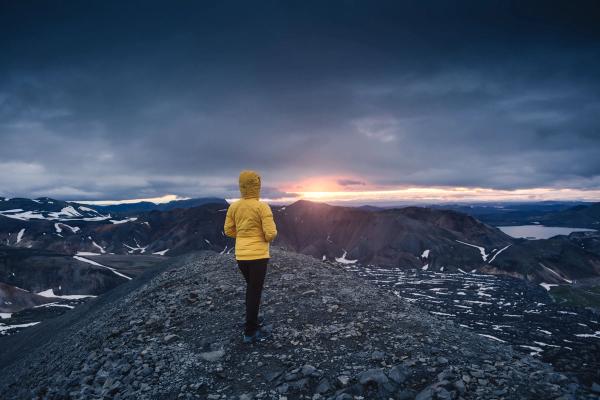
August: Gradual Decline in Daylight
In August, the days are still long but start to shorten a bit, with 14 to 17 hours of daylight. By late August, the sun rises around 5:30 AM and sets around 9:30 PM. The weather is still mild, making this a great time to visit if you want to avoid the peak tourist crowds but still enjoy long days. By the end of the month, there’s a chance you might catch the first Northern Lights of the season as the nights begin to return.
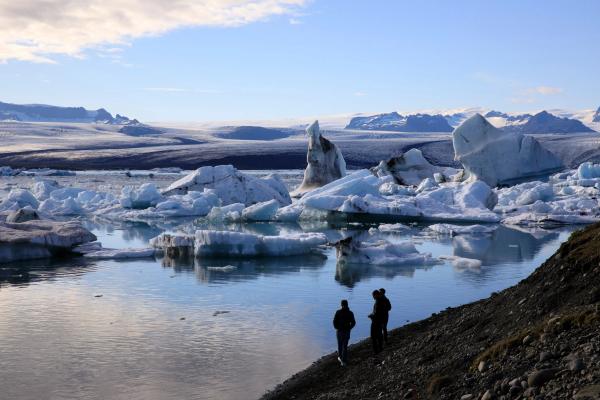
September: The Autumn Equinox
September is the month when the nights start catching up with the days again. You’ll get about 11 to 14 hours of daylight, with sunrise around 6:30 AM and sunset at 8:00 PM by month’s end. The autumn equinox brings equal hours of daylight and darkness. This is a fantastic time to visit if you want to see Iceland’s beautiful fall colors, and the darker evenings mean the return of the Northern Lights season.
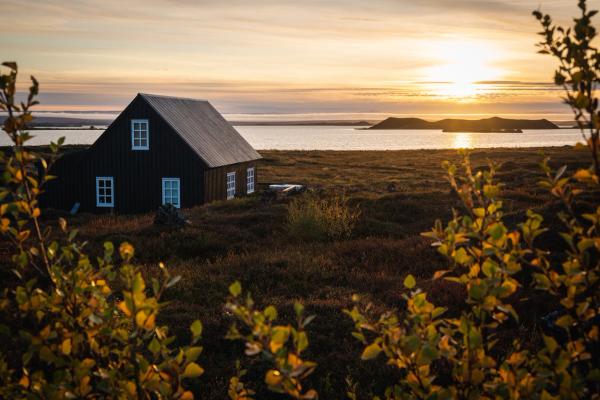
October: Shorter Days, More Darkness
By October, daylight hours drop to around 8 to 11 hours. The sun rises around 8:00 AM and sets by 5:30 PM. The shorter days mean more opportunities to catch the Northern Lights, and you’ll notice the landscape shifting to winter mode, especially in the mountains. October is also a great time to visit for a quieter experience as the tourist crowds have thinned out. The Reykjavik International Film Festival brings a fun cultural vibe to the city as well.
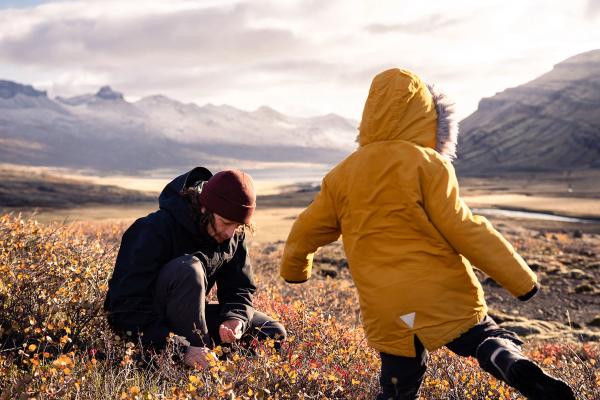
November: Increasing Darkness
In November, daylight decreases further, with Reykjavik experiencing 5 to 7 hours of sunlight. The sun rises around 9:30 AM and sets at 4:30 PM. The long nights make this prime time for Northern Lights viewing, and many travelers come to Iceland specifically for this. Snow becomes more common, and the country prepares for the winter season. Despite the dark days, the festive spirit begins to build as Icelanders prepare for the holiday season.
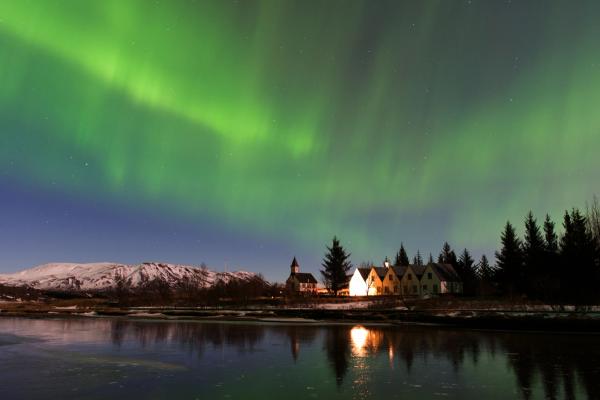
December: The Darkest Month
December is the darkest time of the year in Iceland, with only 4 to 5 hours of daylight. The sun rises around 11:30 AM and sets by 3:30 PM. While this might sound intense, the winter solstice and Christmas lights bring warmth and coziness to the long nights. December is a magical time in Iceland, with plenty of holiday celebrations. Plus, the Northern Lights often make a strong appearance, adding to the beauty of the dark sky.

Daylight Hours Variations by Region
The different regions of Iceland present different patterns when it comes to daylight. Here's a breakdown so you know what to expect depending on where you're going.
South Iceland
In the south, including Reykjavik and the Golden Circle, daylight hours change a lot with the seasons. From May to July, the south enjoys nearly 24 hours of daylight, with the sun briefly dipping below the horizon but never fully setting. In winter, from November to January, days are much shorter, with only about 4 to 6 hours of daylight. The sun rises around 11:00 AM and sets by 3:30 PM. Spring and fall bring more balanced daylight, with longer days and cooler but milder weather in April and September.
South Iceland’s weather can change quickly, so be prepared for sunshine one minute and rain the next.

North Iceland
In the north, including Akureyri and areas closer to the Arctic Circle, daylight varies even more. During summer, especially in June and July, the Midnight Sun means 24 hours of daylight, with no real darkness at night. In winter, from November to January, the days are much shorter, with only 3 to 4 hours of daylight in December and January.
The north is colder and gets more snow in the winter, making it perfect for winter sports and spotting the Northern Lights. As spring and fall roll in, the days get longer again, but snow can stick around until late April.

East Iceland
East Iceland has daylight patterns similar to the rest of the country, but the weather here can be a little different because of its location. In summer, from May to July, you’ll get almost 24 hours of daylight, perfect for exploring the beautiful fjords in constant light. Winter, especially in December, only has 4 to 5 hours of daylight, so days are much shorter.
The east is a bit drier than other parts of Iceland, but you can still expect some rain and snow in the colder months. Spring and fall bring longer days and milder temperatures, especially starting in April.

West Iceland
West Iceland, which includes the Snaefellsnes Peninsula, has long summer days where the sun barely sets in June and July. You’ll have nearly constant daylight, making it a great time to explore the dramatic coastlines and volcanic areas. Winter days are much shorter, with only 4 to 5 hours of daylight in December, and the weather can be windy and snowy. Spring and fall are times of change, with daylight hours growing in April and September.
The weather can shift quickly, but the longer days make it a good time for outdoor activities without the summer crowds.
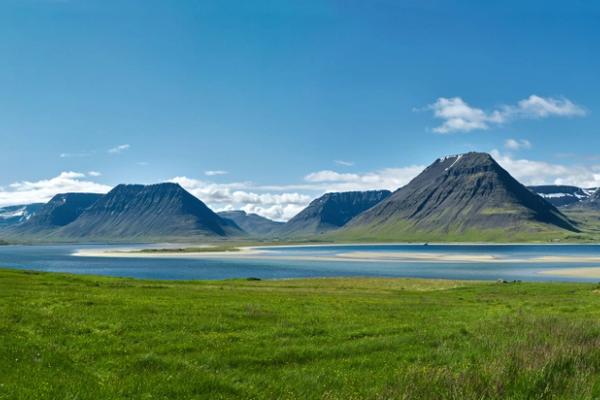
Central Highlands
The Central Highlands are remote and wild, with daylight that shifts dramatically between seasons. In summer, you’ll have almost 24 hours of daylight, perfect for exploring glaciers, volcanoes, and hot springs under the Midnight Sun. In winter, there are only a few hours of daylight, and the weather is tough, with lots of snow and freezing temperatures.
Most of the highlands are closed off during the winter due to the snow, but as the days get longer in spring, it becomes possible to visit again by late April. The cooler temperatures in spring and fall are balanced by more daylight, making it easier to explore.
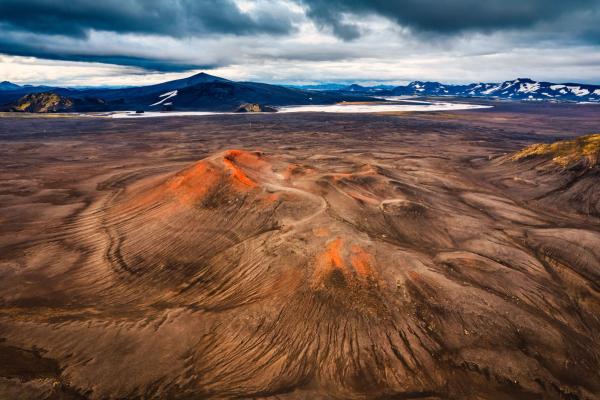
Conclusion
Iceland’s daylight hours change drastically throughout the year, shaping the way people live and travel. Whether you’re there for the endless summer days or the long winter nights, there’s always something special about the light (or lack of it) in Iceland. From the Midnight Sun to the Northern Lights, every season offers something unique. Understanding these changes will help you plan your trip and enjoy everything Iceland has to offer, no matter when you visit.

